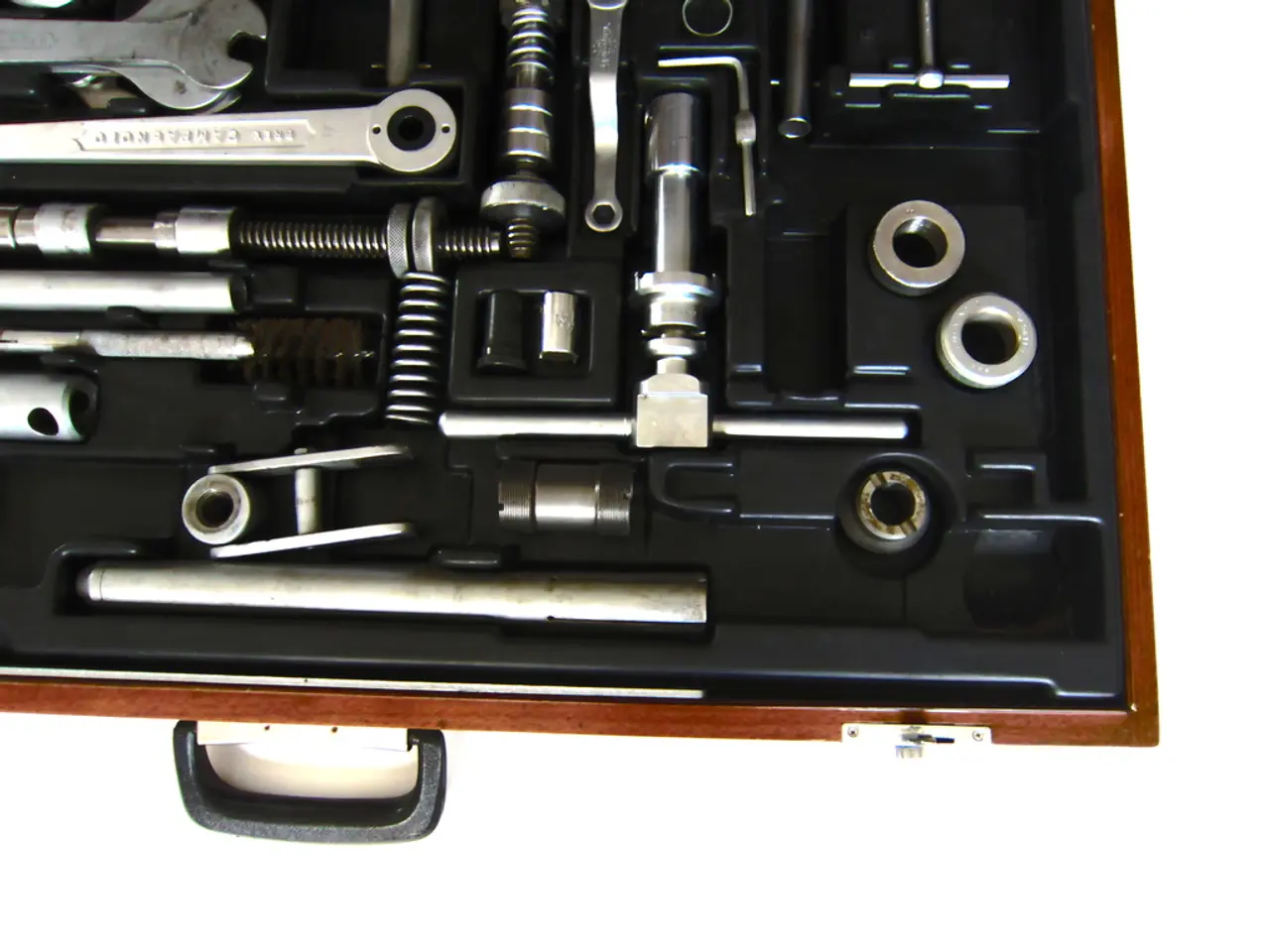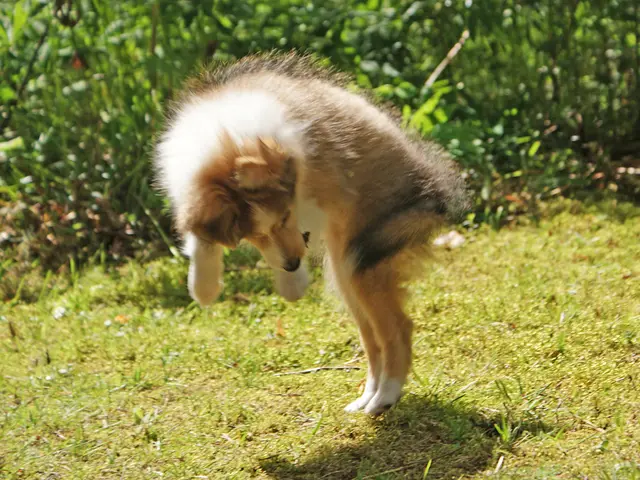Julia: A Decade Old, Still Combining Speed and Usability for Data Science
Julia, a high-performance programming language designed for data manipulation and analysis, was released in open-source in February 2012. Its creators, the Julia Computing team, argue that while C remains useful, it's not well-suited for data science applications due to its complexity.
Julia aims to combine the speed of C with the usability of Python, the statistical prowess of R, and the power of Matlab for linear algebra. It optimizes computations based on different data types, simplifying user interactions and improving performance. This approach seeks to overcome the shortcomings of popular numerical and statistical programming languages like R and Matlab, which struggle with large datasets and scalability.
Julia's developers, including Jeff Bezanson, Stefan Karpinski, Viral B. Shah, and Alan Edelman, built the language from the ground up, with most of its code written in Julia itself. This contributes to its efficiency. An extensive summary of Julia's capabilities can be found in the core developers' summary paper. Some skeptics question Julia's ability to match the value added by established languages like R and Python, but others see potential in its growing user community. John Myles White, a Julia core developer, has spoken at various events to explain Julia's advantages and future prospects.
Julia, now a decade old, continues to evolve as a powerful tool for data manipulation and analysis. Its ability to optimize computations based on different data types and its aim to combine the strengths of various established languages make it an interesting choice for data scientists. As its user community grows, the future of Julia in the data science landscape remains promising.





